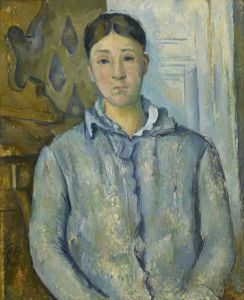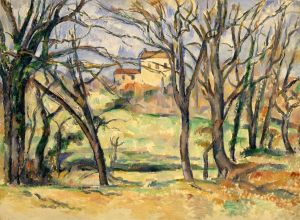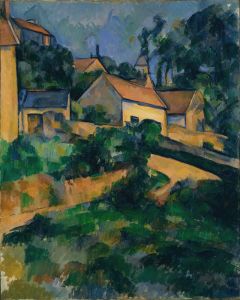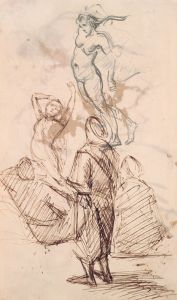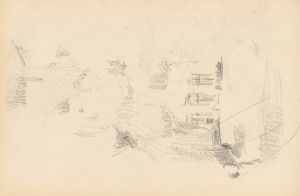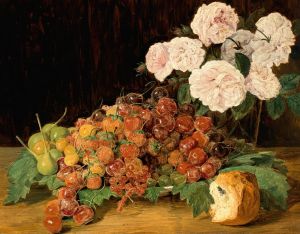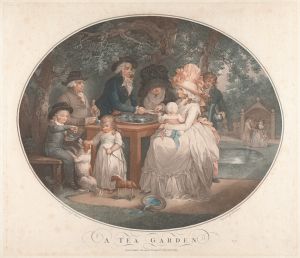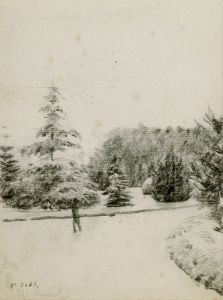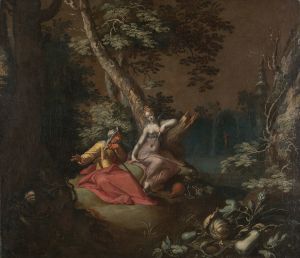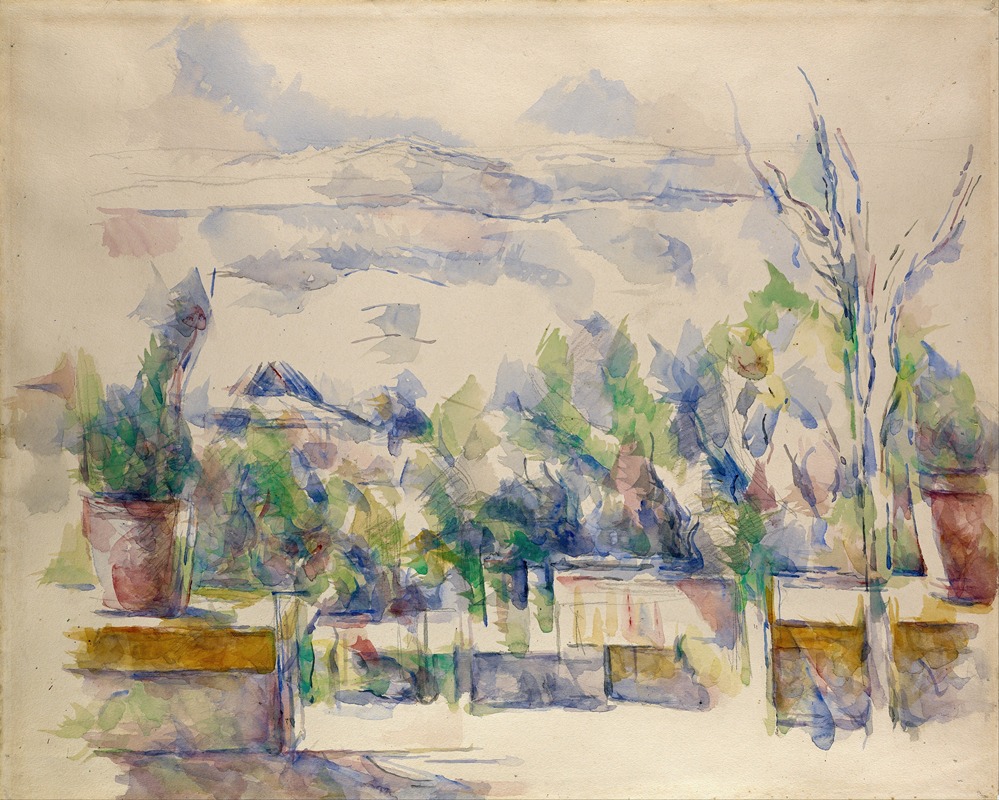
The Terrace at the Garden at Les Lauves
A hand-painted replica of Paul Cézanne’s masterpiece The Terrace at the Garden at Les Lauves, meticulously crafted by professional artists to capture the true essence of the original. Each piece is created with museum-quality canvas and rare mineral pigments, carefully painted by experienced artists with delicate brushstrokes and rich, layered colors to perfectly recreate the texture of the original artwork. Unlike machine-printed reproductions, this hand-painted version brings the painting to life, infused with the artist’s emotions and skill in every stroke. Whether for personal collection or home decoration, it instantly elevates the artistic atmosphere of any space.
Paul Cézanne's painting "The Terrace at the Garden at Les Lauves" is a notable work from the later period of the artist's career. Cézanne, a pivotal figure in the transition from 19th-century Impressionism to 20th-century Cubism, is renowned for his innovative approach to form and color. This particular painting is part of a series of works created at Les Lauves, a property Cézanne purchased in 1902 on the outskirts of Aix-en-Provence, France.
Les Lauves provided Cézanne with a secluded environment where he could focus on his art, away from the distractions of urban life. The site offered expansive views of the surrounding landscape, which became a recurring subject in his paintings. "The Terrace at the Garden at Les Lauves" captures the essence of this environment, showcasing Cézanne's interest in the interplay between natural forms and the constructed elements of the terrace.
In this painting, Cézanne employs his characteristic brushwork and a palette that reflects the natural hues of the Provençal landscape. The composition is structured yet fluid, with the terrace serving as a stage for the surrounding trees and vegetation. Cézanne's use of color is particularly noteworthy; he applies paint in patches that build up the surface of the canvas, creating a sense of depth and volume. This technique, often referred to as "constructive brushstroke," is a hallmark of Cézanne's mature style.
Cézanne's work at Les Lauves is significant for its exploration of spatial relationships and its departure from the more transient effects of light that characterized Impressionism. Instead, Cézanne sought to capture the underlying structure of the landscape, emphasizing the geometry of natural forms. This approach had a profound influence on the development of modern art, particularly on artists such as Pablo Picasso and Georges Braque, who would later pioneer Cubism.
"The Terrace at the Garden at Les Lauves" exemplifies Cézanne's dedication to capturing the essence of his surroundings through a meticulous study of form and color. The painting reflects his belief in the importance of direct observation and his desire to convey the permanence and solidity of the natural world. Cézanne's work during this period is often seen as a bridge between the Impressionist movement and the more abstract tendencies of 20th-century art.
Cézanne's legacy is evident in the way he challenged traditional perspectives and encouraged a more analytical approach to painting. His work at Les Lauves, including "The Terrace at the Garden at Les Lauves," continues to be celebrated for its innovative use of color and form, as well as its influence on subsequent generations of artists. The painting remains an important example of Cézanne's contribution to the evolution of modern art, highlighting his role as a precursor to many of the artistic developments that followed his time.







